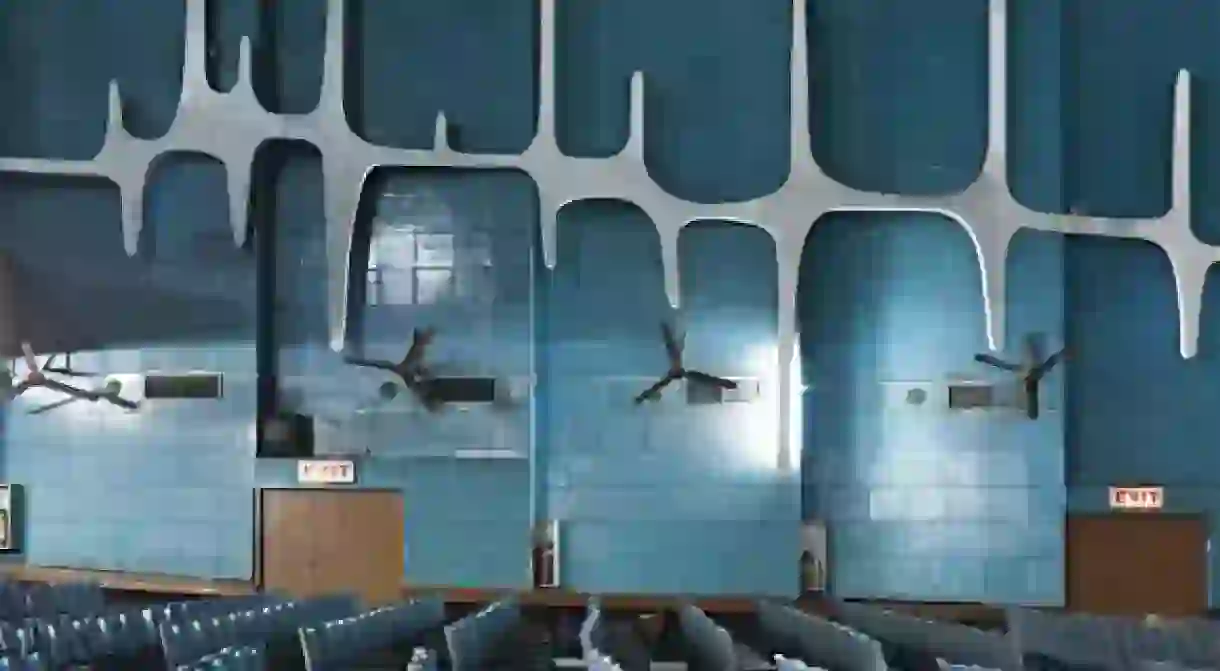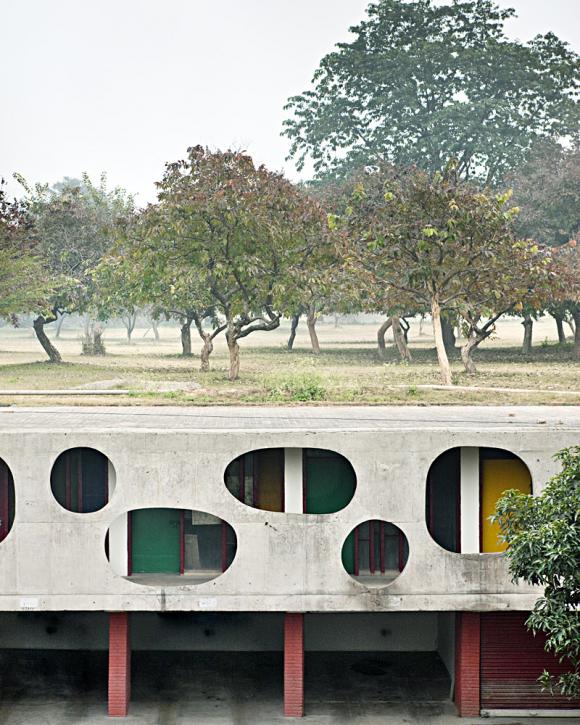Chandigarh: Portrait of a City

The Indian city of Chandigarh was conceived by Nehru to be the first planned city in India, for which he enlisted architects such as Le Corbusier and Pierre Jeanneret. For Kamalan Travels, photographer Manuel Bougot explores the way in which their designs have shaped the cityscape.


The idea of creating Chandigarh, a new city post-Independence, free from the shackles of history, unbound and a symbol of modernity belonged entirely to Jawaharlal Nehru. In 1949, on Nehru’s invitation, Swiss-French architect Le Corbusier began his Chandigarh experiment, which became an extraordinary laboratory of architecture and town planning. Together with his cousin, Pierre Jeanneret and a team of architects, Le Corbusier conceived and designed a way of living for a people whose culture and life he was completely unfamiliar with. Sixty years later, it is this human encounter with Corbusian architecture, which intrigued photographer Manuel Bougot enough to keep returning to Chandigarh over two years to take photographs. Apart from photographing the landmark institutional buildings that define Chandigarh, Bougot also takes the viewer into private spaces – homes and villas, which borrow elements from the Corbusian vocabulary.

It is through this navigation of public and private spaces that Bougot’s photographs explore the discordance between the architecture and utopian ideals that inspired it. At the same time, Bougot does not shy away from observing the neglect of the monuments of high modernism in India. Bougot’s photographs don’t dwell on nostalgia and his gaze is not uncritical. His carefully constructed and muted colour photographs reveal much more on closer inspection––a highly nuanced and refreshingly different view of contemporary Chandigarh.

Paris based photographer Manuel Bougot is a graduate of the École Nationale Supérieur de photographie Louis Lumière experienced in cinema, fashion photography and advertising. In 1988, Bougot opened his studio in Paris where he executed projects as a still-life photographer for various advertising agencies and has regularly collaborated with leading publications photographing interiors, architecture and portraiture. In addition to his advertising and editorial work, Bougot’s personal interests include photographing architecture, urban spaces, interiors and an ongoing exploration of Le Corbusier’s architecture in India. Manuel Bougot’s interest in Le Corbusier’s architecture began in the 1980s when he worked on Caroline Maniaque’s thesis in architecture––on the Jaoul Houses built in 1954 in Neuilly, France. From 2006 onwards, Bougot renewed his interest in Le Corbusier, attending talks on Chandigarh and photographed the only building the architect ever built for himself – a cabanon (a summer cabin) in Roquebrune-Cap-Martin. Photographing Chandigarh was therefore necessary to further any understanding of Le Corbusier, the urban designer and his philosophy about architecture and modernism. This exhibition of Bougot’s photographs of Chandigarh represents the first part of the exploration, the second being photographs of the city of Ahmedabad. In 2013 the publication Pierre Jeanneret/Chandigarh by Galerie Patrick Seguin/Paris will juxtapose vintage photographs by Lucien Hervé with the contemporary photographs by Manuel Bougot.













